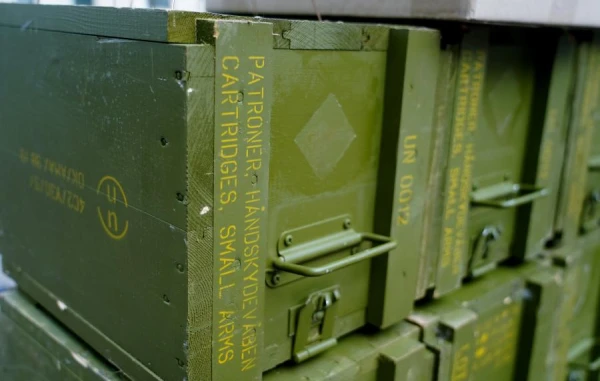
One of the most important challenges facing the European Union (EU) is military security, writes Diena.
The main threat is Russia, which, alongside its aggressive war in Ukraine, is undertaking various hybrid attacks on European countries. The situation is exacerbated by the position of U.S. President Donald Trump, who believes that Europe can no longer rely solely on the U.S. for its security and must invest significantly more in its own defense. Trump is adamant that all NATO member countries should allocate at least 2% of their Gross Domestic Product (GDP) to military spending. At the NATO summit held in June this year, a plan proposed by the NATO Secretary General to increase defense spending to 5% of GDP by 2035 was approved. The only member country that disagreed with this plan last summer was Spain.
As of now, seven countries have not met the 2% GDP defense spending requirement: Croatia (1.81%), Portugal (1.55%), Italy (1.49%), Belgium (1.30%), Luxembourg (1.29%), Slovenia (1.29%), and Spain (1.28%). The highest military spending is allocated by Poland (4.12%), Estonia (3.43%), and Latvia (3.15%).
Although investments in security are absolutely a priority, many international analysts note that the main problem for the EU is not so much the money as the outdated military industry, which lacks production capacity.
In March of this year, the European Commission proposed the "ReArm Europe" arms plan, which provides for up to €800 billion in additional defense spending over the coming years. The goal of this plan's initiatives is to ensure that the European defense industry can produce materials at the necessary speed and in the required volume, and to facilitate the rapid deployment of military forces and assets across the EU and beyond. To allocate these additional €800 billion, the European Commission activated a national exemption from the Stability and Growth Pact, allowing EU countries to increase defense spending without it being counted in their budget deficit calculations.
According to the European Commission, an increase in defense budgets of member states by 1.5% of GDP could add nearly €650 billion over four years. The European Commission notes that EU countries have significantly increased their defense spending in recent years. In 2024, total spending reached €343 billion, of which €106 billion was directed towards investments. This is a 19% increase compared to 2023 and a 37% increase compared to 2021. It is expected that this year, total defense spending by member states will amount to approximately €381 billion.

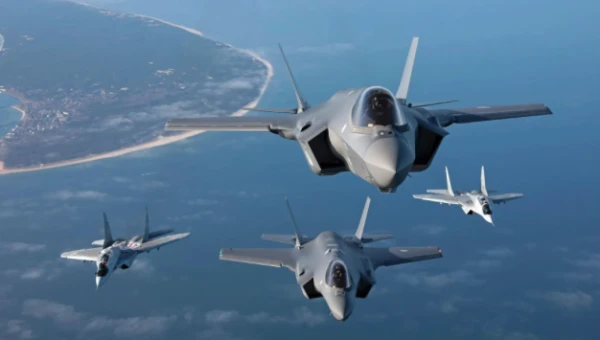


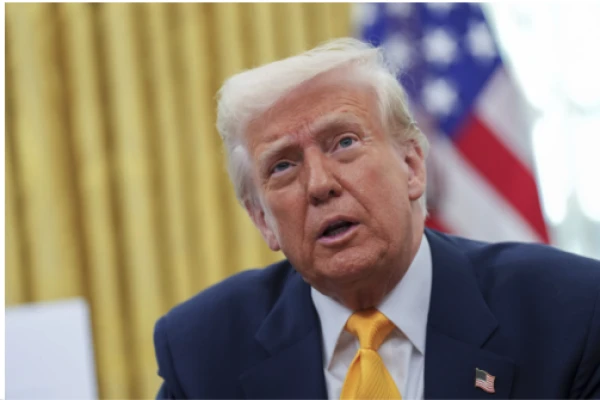
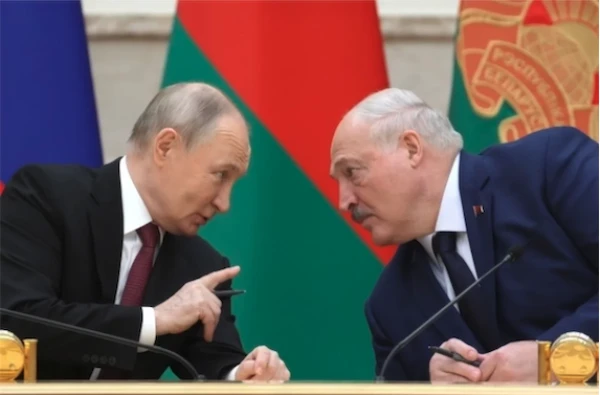
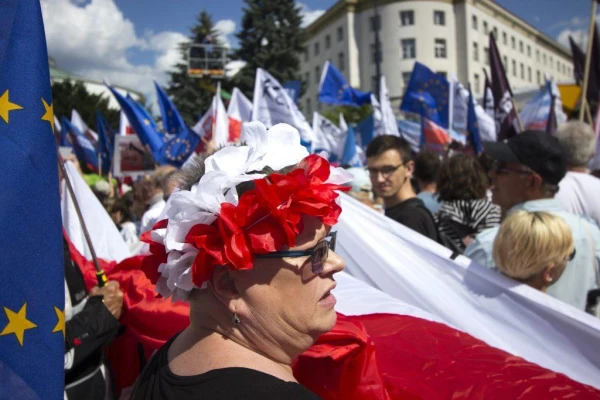





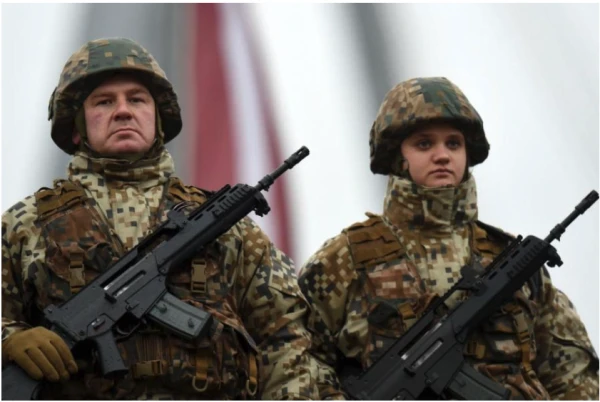

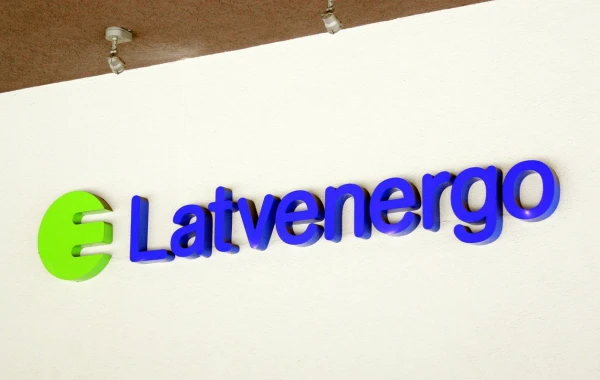
Leave a comment